Greyhounds are elegant, athletic dogs with a heritage of speed and grace. Yet their unique physique—with deep chests, slim waists and slender, flexible necks—makes it challenging to find equipment that fits properly.
Many owners discover that standard dog harnesses or collars simply don’t work: collars can slip over a greyhound’s small head and cause throat injury, while poorly designed harnesses allow these escape artists to back out and bolt.
In this guide we’ll explore why a specialised harness is essential, what features to look for, and how EzyDog’s harness collection keeps your greyhound comfortable, secure and stylish.
Greyhounds’ deep chests and slim waists allow them to back out of conventional harnesses.
A well‑designed harness distributes pressure across the chest and thorax, protecting the neck and spine while giving you far more control. For nervous or excitable hounds, a harness with an additional belly strap dramatically reduces the chance of escape.
Understanding the Greyhound Body & Fit Challenges
Before choosing a harness, it’s important to understand why many off‑the‑shelf products aren’t suitable:
- Deep chest & slim waist: Greyhounds can extend their legs forward, crouch and slide backwards out of a conventional harness.
- Long, flexible neck: Collars and high chest straps may compress the trachea or slip off entirely.
- Sensitive skin & thin coat: Irritating materials or poorly positioned straps can cause chafing, especially behind the front legs.
A quality greyhound harness accommodates these anatomical differences by using soft, durable materials that prevent irritation, providing a secure yet comfortable fit with an extra belly strap and multiple adjustment points.
What to Look for in the Best Greyhound Harness
When evaluating harnesses, prioritize the following features to ensure comfort and safety:
- Y‑shaped front: Harnesses with a Y‑shape allow natural shoulder movement and reduce restriction, unlike chest‑strap designs that can impede stride and are not secure.
- Three‑strap (escape‑proof) design: A third belly strap positioned on the lower rib cage prevents backing out. This design is essential for timid or high‑prey‑drive greyhounds.
- Multiple adjustment points: Look for at least five to seven adjustable areas so you can fine‑tune the fit around the chest, waist and shoulders.
- Padded or fleece lining: Soft lining protects sensitive skin and prevents rubbing behind the front legs.
- Durable, breathable materials: High‑quality webbing with reinforced stitching and rounded plastic components offers strength without bulk.
- Front and back attachment points: Dual rings allow you to clip the leash to the chest to discourage pulling and to the back for relaxed walking.
- Top handle: A grab handle on the back provides quick control in busy environments—useful for steadying your dog or assisting older hounds.
- Reflective accents: Bright, reflective materials enhance visibility during early morning or evening walks.
EzyDog Harness Collection for Greyhounds
Our harnesses are designed with greyhounds in mind—combining secure fits with all‑day comfort.

Essential Chest Plate Harness
Escape‑proof three‑strap design with a padded chest plate that moulds to your hound’s body. Ideal for everyday walks and for dogs who pull.

Quick Fit Harness
Single buckle makes this harness simple to put on, while the Y‑shaped front and adjustable strap keep your greyhound secure and comfortable.
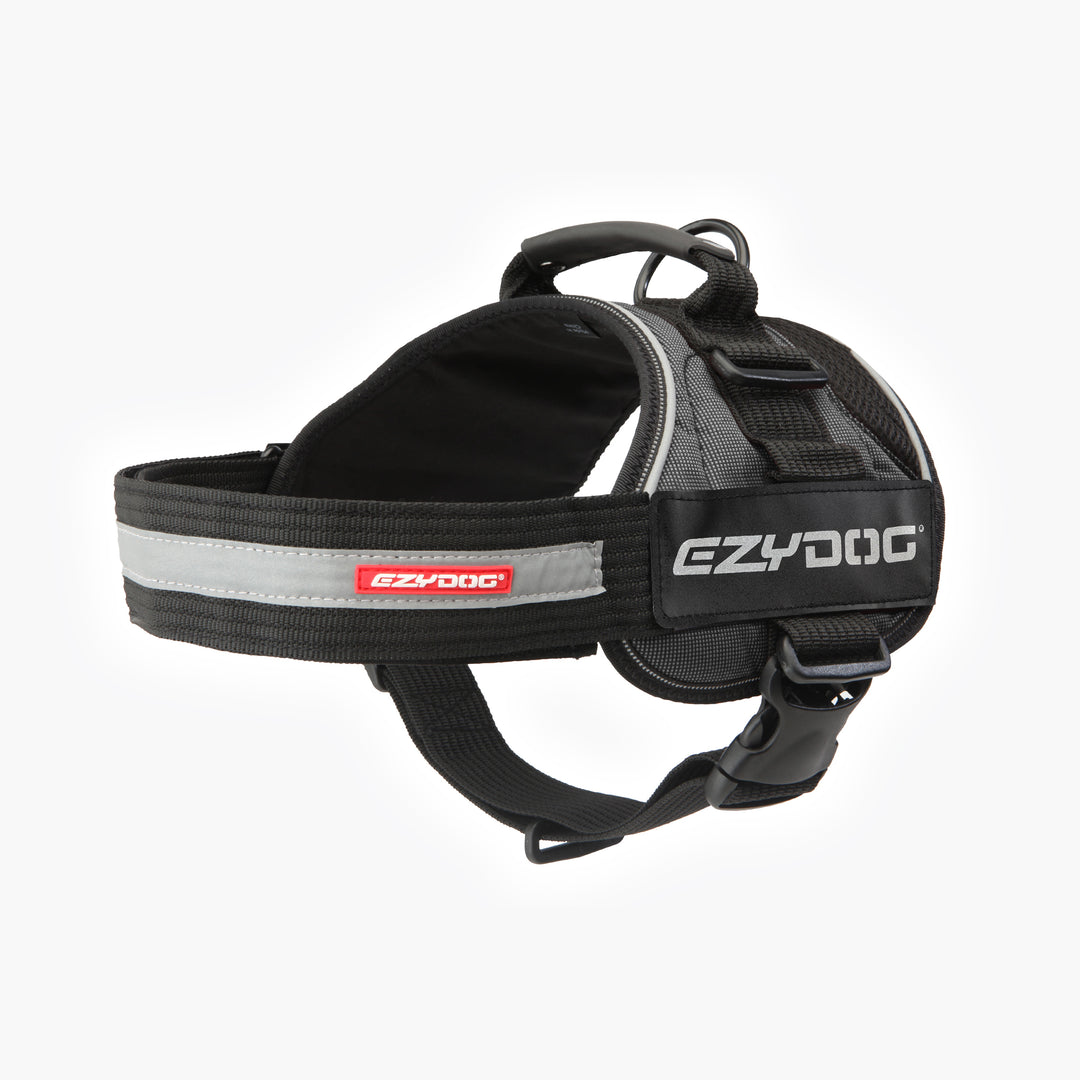
Convert Dog Harness
Rugged and breathable with removable panniers (sold separately) for long adventures. Perfect for active hounds and those needing extra control.
Complementary Gear: Collars, Leashes & More
A harness is only part of a complete walking setup. Consider pairing your greyhound’s new harness with martingale and leather collars for identification, double‑ended leashes for greater control, and travel safety gear like car harnesses and seat belts. We also carry reflective vests, clean‑up supplies and cozy bedding to make home and travel comfortable for your hound.
Tips for Measuring & Fitting a Greyhound Harness
Proper fit is vital for safety and comfort. Use a soft tape measure and follow these steps:
- Measure the largest part of your dog’s chest (the girth) by wrapping the tape around the rib cage, behind the front legs and up over the back.
- Check the size chart for each harness and choose the size where your measurement falls. If your greyhound is between sizes, select the larger size for comfort.
- Adjust each strap individually. You should be able to fit two fingers between the harness and your dog’s body; too tight can chafe, too loose can slip off.
- Position the extra belly strap so it sits on the lower rib cage rather than soft abdomen.
- For nervous or high‑prey‑drive dogs, attach a double‑ended leash to both the harness and a martingale collar for maximum control.
Let your greyhound wear the harness for short sessions indoors with praise and treats before venturing out. Check the fit regularly—especially if your dog gains or loses weight.
Insights & Tips: From Greyhound Owners
- Escape‑proof design matters. Owners emphasise choosing a harness with a Y‑shaped front and an extra belly strap. Two‑strap fleece harnesses are cosy but not escape proof; they should only be used on calm dogs or with a collar attached.
- Avoid chest‑strap harnesses. Harnesses with a strap running straight across the chest restrict natural movement and can actually encourage pulling.
- Martingale backup for safety. Many owners connect the leash to both a martingale collar and harness. This dual connection prevents sudden lunges from causing injury and gives you control of the head and body.
- Adjust carefully. A poorly adjusted harness—even a high‑quality one—won’t perform well. Greyhound rescue groups recommend checking the fit every time you go out.
- Check materials. Soft webbing or fleece lining reduces chafing behind the front legs and under the belly. Avoid stiff nylon straps without padding.
Common Mistakes to Avoid
Even experienced owners sometimes make these errors. Avoid them to keep your hound safe and comfortable:
- Using a standard collar or two‑strap harness for a prey‑driven greyhound. Collars can slip and harnesses without a belly strap aren’t escape proof.
- Choosing a chest‑strap harness with a horizontal strap across the shoulders.
- Guessing the size. Always measure the girth and consult the size chart.
- Leaving the harness on while unsupervised. Remove it when your dog is resting to prevent rubbing or tangling.
- Assuming one harness will last forever. Check webbing and hardware regularly; replace if frayed or damaged.
Frequently Asked Questions
Why do greyhounds need special harnesses?
Because of their deep chests, slim waists and flexible necks, greyhounds can easily back out of standard harnesses. A specialised harness distributes pressure across the sternum and thorax and includes an extra belly strap to prevent escape.
How do I measure my greyhound for a harness?
Use a soft tape to measure around the largest part of your dog’s chest behind the front legs. Choose the size where this measurement falls; if in doubt, size up. Make sure the belly strap rests on the rib cage, not the abdomen. Check Ezydog's Size Guide
Can my greyhound wear a harness and collar at the same time?
Yes. For reactive or high‑prey‑drive hounds, attach a double‑ended leash to both the martingale collar and harness for maximum control. Use the collar for ID tags and the harness for distributing pressure.
How tight should the harness be?
You should be able to fit two fingers between the harness and your dog’s body. Too loose and your greyhound may slip out; too tight can cause chafing. Adjust straps so the extra belly strap sits on the lower rib cage and not on soft tissue.
What if my greyhound still pulls on walks?
Our Essential Chest Plate and Convert Harnesses have front‑clip options that help redirect pulling by turning your dog toward you. Combine the harness with positive reinforcement training for best results. Avoid chest‑strap “no‑pull” harnesses that restrict gait.
The Bottom Line
Choosing the right harness for your greyhound is one of the most important investments you’ll make for their safety and comfort. Because of their unique anatomy—deep chest, slim waist and sensitive neck—a specialised harness with a Y‑shaped front and extra belly strap provides the escape‑proof security they need. Our Essential Chest Plate, Quick Fit and Convert Harnesses offer options for every personality, from timid couch‑potatoes to adventurous athletes.
Remember to measure accurately, adjust the harness properly and pair it with a martingale collar for added control when necessary. With the right gear, every walk becomes a joy rather than a worry.


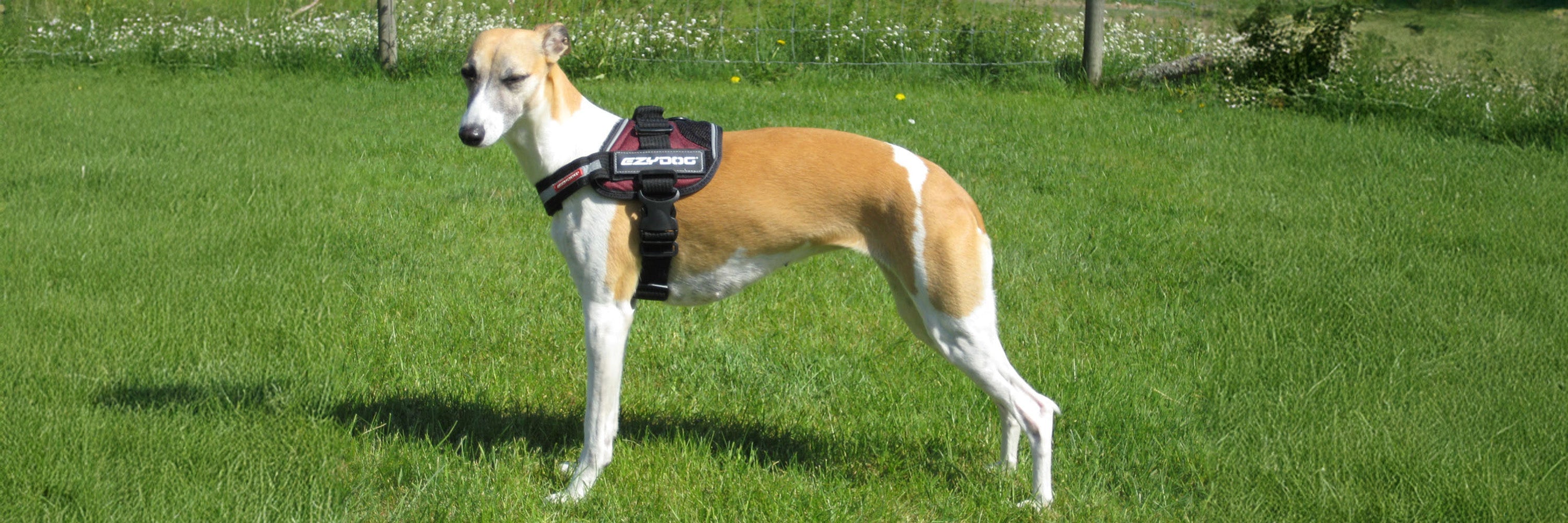
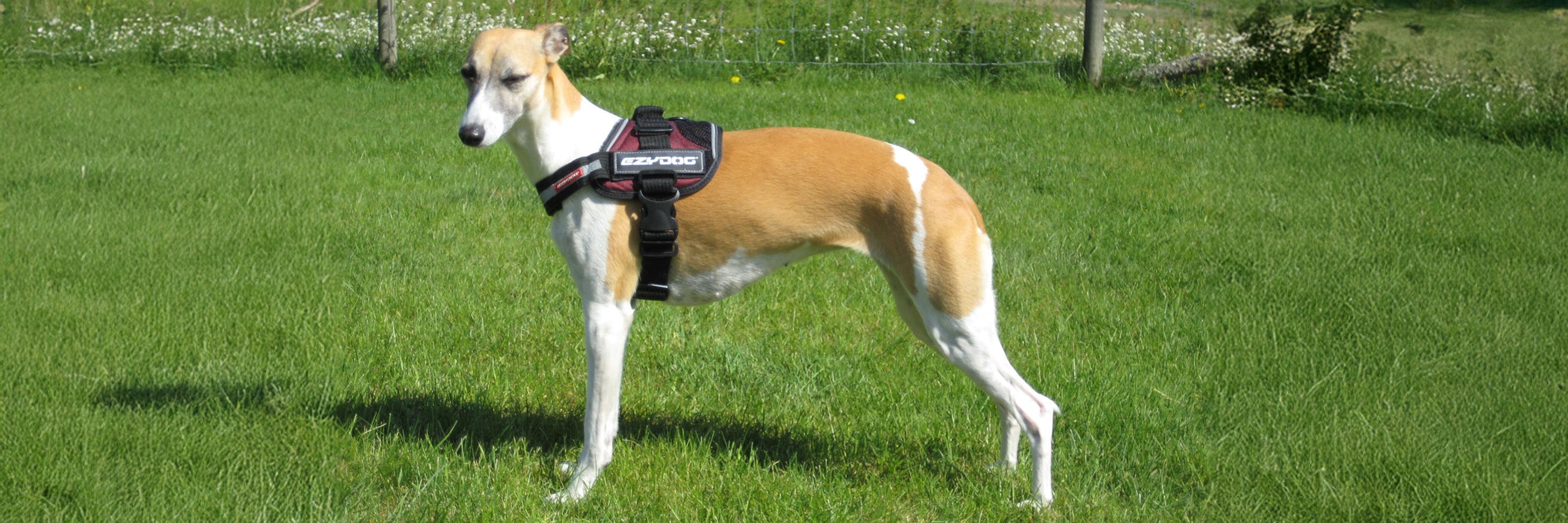
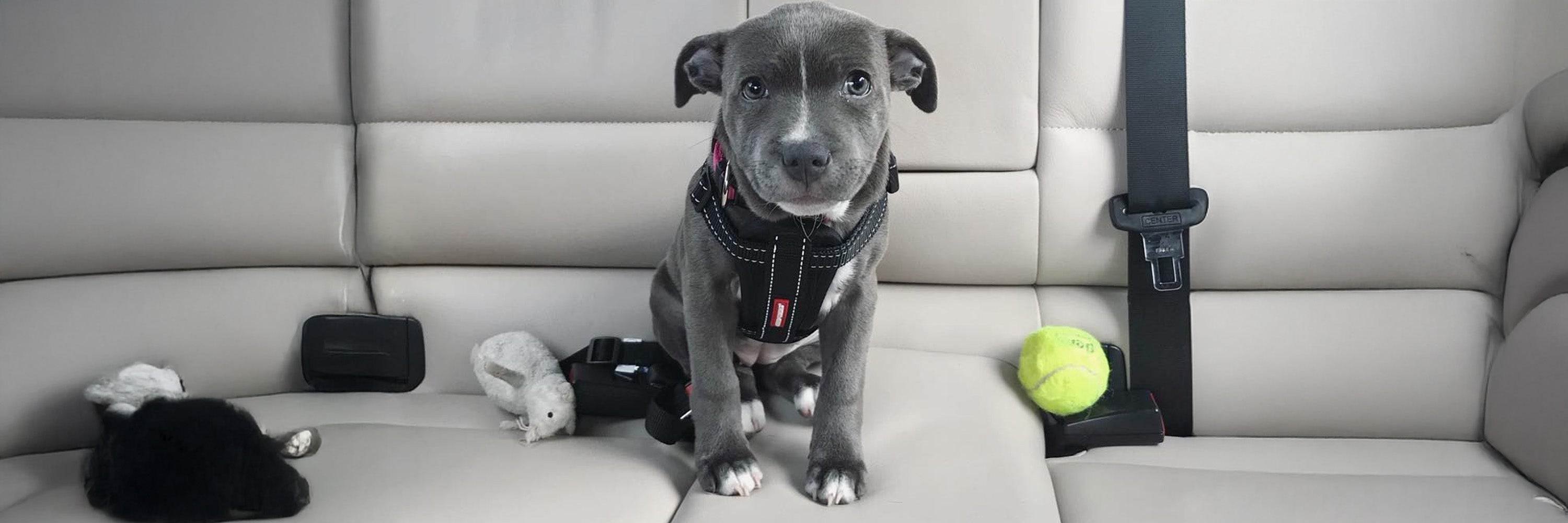
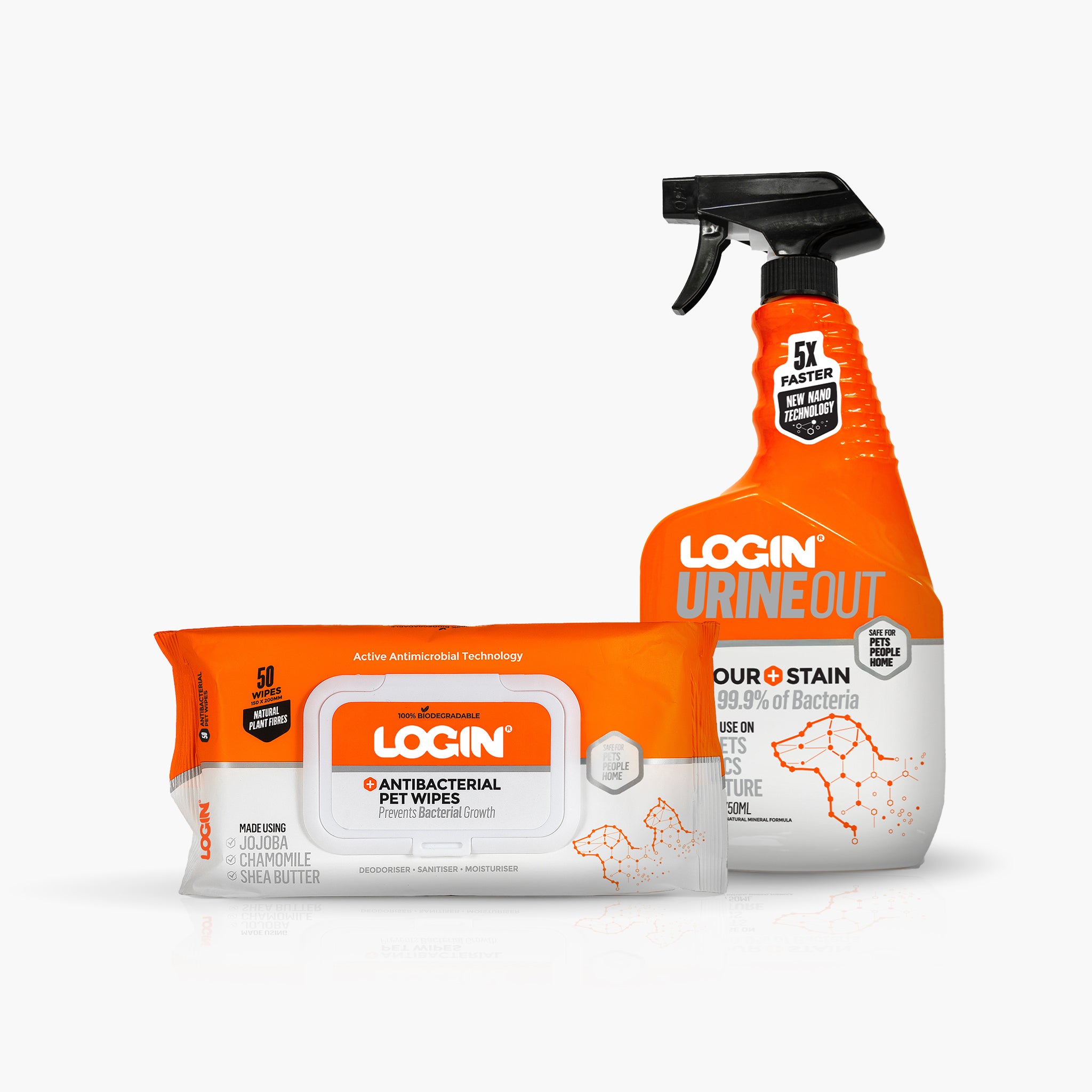
Leave a comment
This site is protected by hCaptcha and the hCaptcha Privacy Policy and Terms of Service apply.